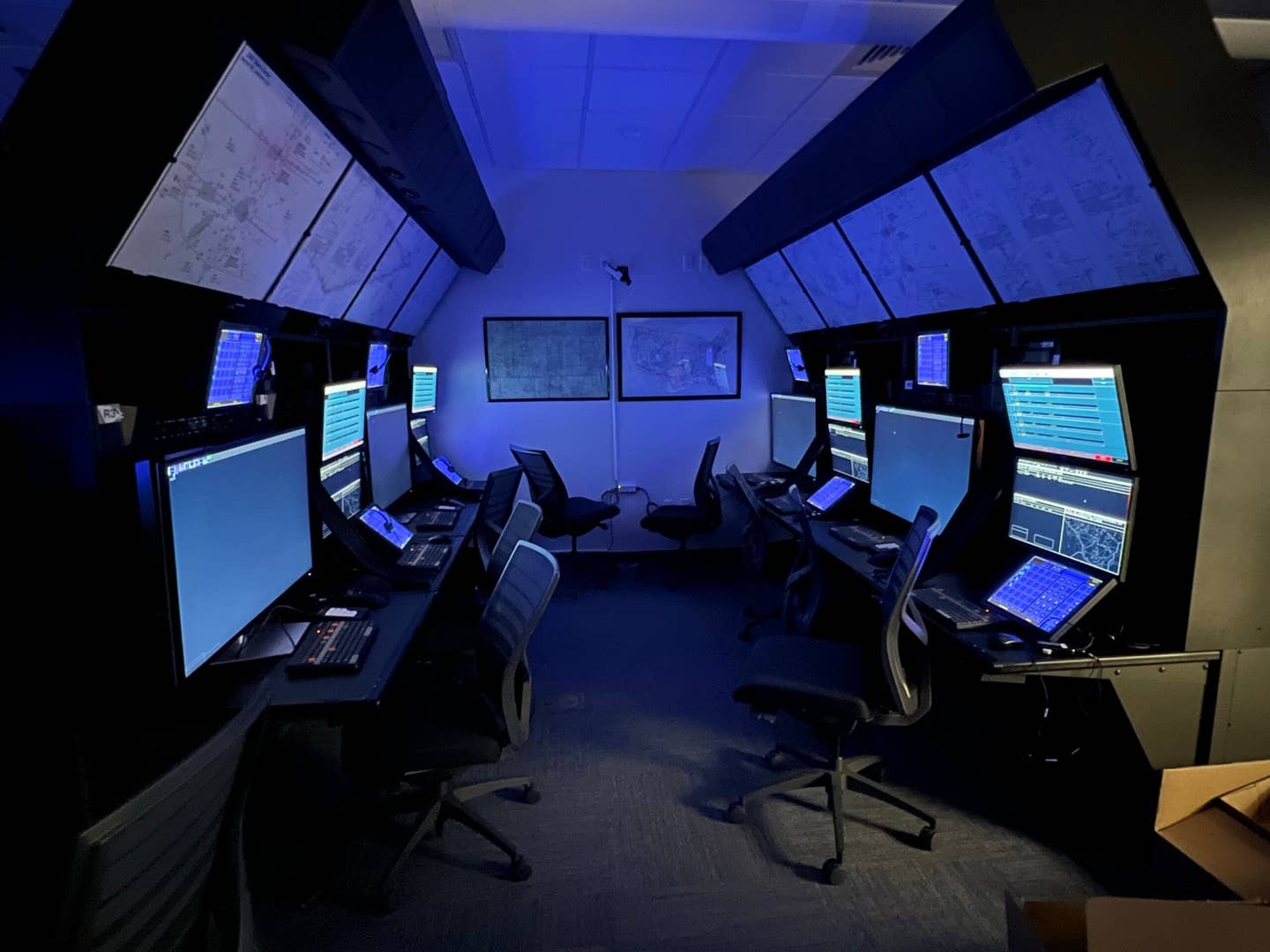
Aric Vyhmeister
What are the biggest challenges new instrument students face?
(February 2011) — Eric Radtke is an airline transport pilot, Gold Seal flight instructor, advanced ground instructor and NAFI-accredited Master Flight Instructor. Eric has been involved in aviation education since 1998 and currently serves as president and chief instructor of Sporty's Academy, the educational arm of Sporty's Pilot Shop.
First, build a solid basic attitude instrument (BAI) flying foundation, and the rest will come. The single biggest challenge new instrument students face is not having the proper appreciation and understanding of basic attitude instrument flying. Pitch + Power = Predictable Performance.
Many instrument students are too quick to want to jump into instrument approaches and cross-country flying. Admittedly, the terminal area is where the action is. It's where the pros and novices are separated. And inevitably, it will be where your instrument abilities are judged. There are configuration changes, clearances to accept and frequencies to tune — understandably, many want to focus their attention on these critical last minutes of an instrument flight. But you have to crawl before you walk and walk before you run, so it's vital to build the BAI base for instrument flying success.
New instrument students must know their aircraft. They must know the pitch and power setting that will achieve a desired rate of descent. They must know how the airplane will respond to the addition of various flap settings. And they must trust what they've learned and know in the instrument environment.
You also must tame the technology. If you're interested in achieving greater efficiency in training, learn the equipment — learn how to effectively manage the technology aboard your airplane to reduce workload and lower stress. Often this is easier said than done, but my point here is that you take advantage of the many great resources (often free) to help you learn. There is most likely a free online simulator for your GPS. Also, get your hands on a manual for your airplane's autopilot and study the supplemental sections of the aircraft's flight manual. All of these sources will have vital information on how to use the technology aboard the airplane. And be sure to talk to other pilots about how they use different equipment. You'll probably discover several great ideas that aren't written down anywhere.
Courtney Dennis, a CFI, II, MEI at Airline Transport Professionals (ATP), is the senior instrument flight and ground instructor at ATP's Jacksonville training center. She trains instrument students and instructors in both multiengine and glass cockpit aircraft, as well as helps develop ATP's career-oriented instrument flight training programs.
At ATP, new instrument students are typically recent to VFR flying as well, possibly having just achieved their private pilot ratings. The biggest challenge for new instrument students is combating overload. Whether it is information overload on the ground or workload and communication overload in the air, they tend to feel overwhelmed.
On the ground, there's a wealth of information available about instrumentation, navigation systems, regulations and operations in IMC. Sometimes students don't know where to start studying, what's important to memorize and when they know enough about a subject to be considered proficient. Following a strict curriculum is the best way to get the most out of preparing for an instrument rating. Your instrument instructor will give you guidance on areas of study and help you stay focused.
In the air, students are participating in a relatively complex environment — often for the first time. Frequency congestion, clearances, restrictions and new procedures converge. The tendency for a student to fall behind in the approach environment is very common until he or she develops the necessary time management to stay ahead and anticipate upcoming tasks. A solid understanding of the transition from the en route to the approach environment, the phases of an approach and the associated ATC clearances helps a student manage his or her time during this critical phase. The IFR world is a highly structured environment, and the structure in the cockpit needs to be of comparable quality.
Another important thing for all pilots operating in simulated or actual instrument conditions is to continue to spend time outside the airplane as well. Time and time again, newly rated instrument pilots get an ATC clearance for a visual approach to an airport and have difficulty using visual references to approach to land. During instrument training, great emphasis is on operations in IMC and emergency situations, but remember that when you are operating under IFR in VMC conditions, traffic avoidance responsibility still remains with the pilot.

Sign-up for newsletters & special offers!
Get the latest FLYING stories & special offers delivered directly to your inbox






